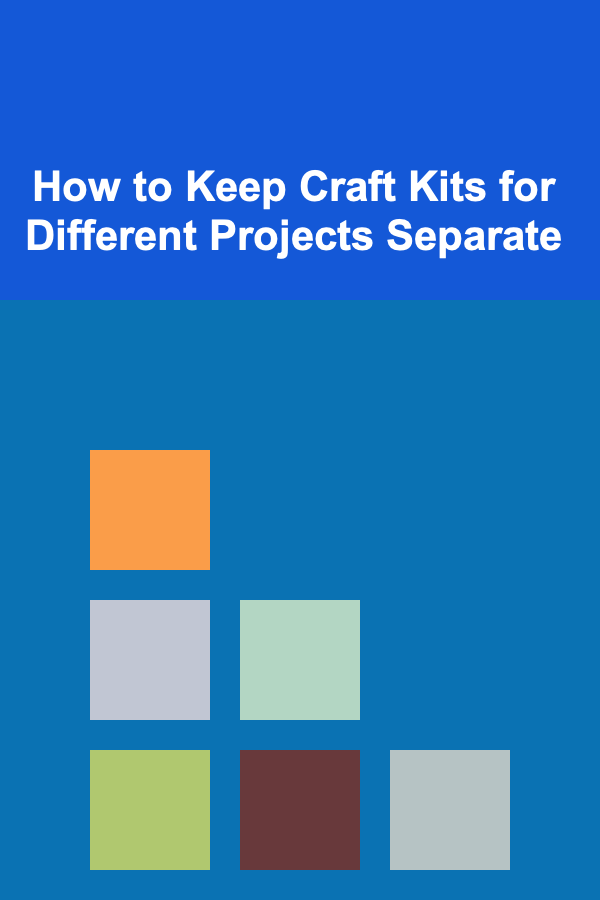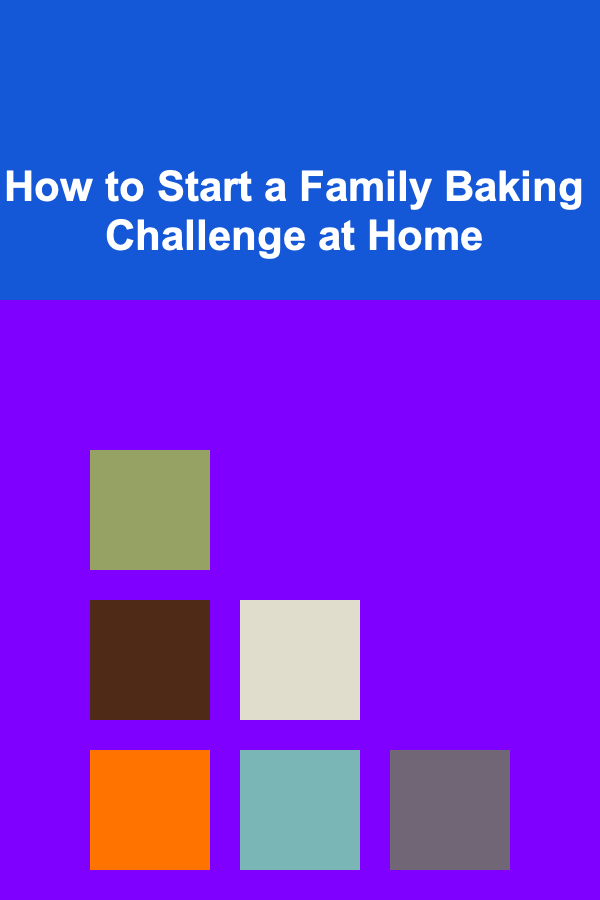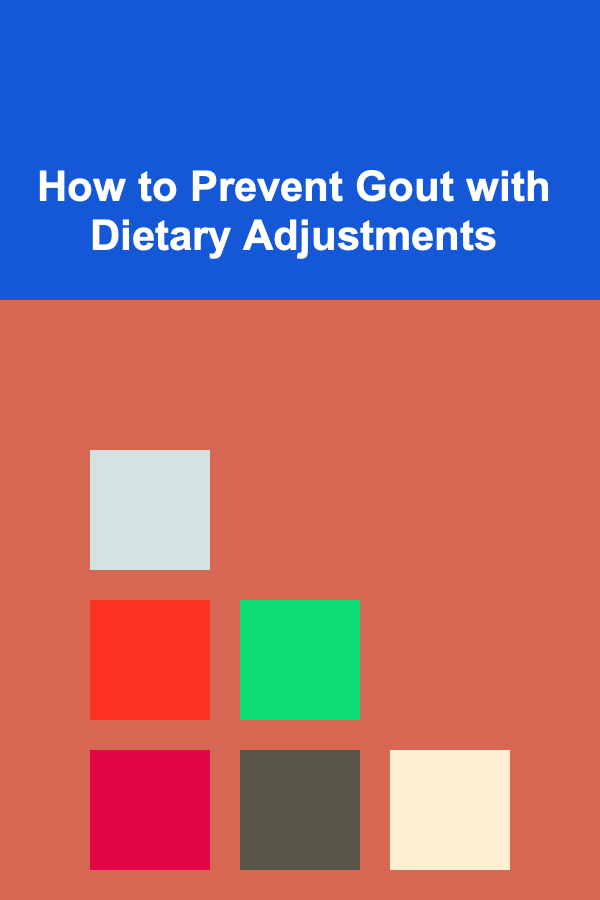
How to Stay Current with Occupational Health Nursing Best Practices
ebook include PDF & Audio bundle (Micro Guide)
$12.99$8.99
Limited Time Offer! Order within the next:
Not available at this time

Occupational health nursing (OHN) is a dynamic field that requires a unique blend of healthcare knowledge and an understanding of the workplace environment. The role of an occupational health nurse is critical in ensuring the health, safety, and well-being of workers across various industries. As the workplace and healthcare landscape continue to evolve, staying current with best practices in occupational health nursing is essential for delivering high-quality care and preventing workplace injuries and illnesses. This article explores how occupational health nurses can stay up-to-date with best practices, adapt to changing workplace trends, and continue to provide the best care for their patients.
The Importance of Staying Current in Occupational Health Nursing
Occupational health nursing has evolved significantly over the years, shifting from a reactive approach to a proactive and preventive one. Nurses in this field are responsible for assessing workplace hazards, promoting health and wellness programs, managing injuries and illnesses, and ensuring compliance with occupational health regulations. However, staying current with the latest best practices in this field is essential for several reasons:
- Legal and Regulatory Requirements: Occupational health nurses must comply with workplace safety regulations and guidelines set forth by organizations like OSHA (Occupational Safety and Health Administration) and other relevant governing bodies. Changes in these regulations can directly impact nursing practices and the care provided to workers.
- Employee Health and Safety: As new health risks emerge, staying informed allows occupational health nurses to identify and mitigate these risks, reducing work-related illnesses and injuries. By implementing best practices, they can ensure the physical and mental well-being of workers, contributing to a safer work environment.
- Healthcare Advancements: Like other areas of healthcare, occupational health nursing is influenced by new medical research, emerging technologies, and innovative care models. Keeping up with these advancements ensures that nurses are providing the best care possible using the most effective tools and techniques.
- Workplace Changes: As workplaces evolve with new technologies, demographics, and societal expectations, occupational health nurses need to adapt to the changing needs of employees. Staying informed allows nurses to identify new health risks and design programs that meet the diverse needs of today's workforce.
- Professional Development: Continuous learning is a core component of nursing practice. By staying current with the latest developments, OHNs can maintain their professional certification, improve their clinical skills, and advance their careers in the field.
Strategies for Staying Current in Occupational Health Nursing
1. Engage in Ongoing Education
One of the most effective ways to stay current in any nursing field is through ongoing education. Occupational health nurses can pursue a variety of educational opportunities to enhance their knowledge and skills.
- Certifications and Specializations: Occupational health nurses should pursue certifications such as the Certified Occupational Health Nurse (COHN) or Certified Occupational Health Nurse-Specialist (COHN-S). These certifications require nurses to stay updated on industry trends and demonstrate proficiency in occupational health nursing.
- Continuing Education Courses: Many professional organizations, universities, and healthcare institutions offer continuing education (CE) courses in occupational health nursing. These courses cover topics like workplace ergonomics, mental health in the workplace, and emerging health risks. By taking advantage of these courses, nurses can deepen their expertise in key areas of occupational health.
- Workshops and Conferences: Attending workshops and conferences related to occupational health nursing provides an excellent opportunity to learn about the latest practices, technologies, and research. These events allow nurses to network with peers, learn from industry experts, and share knowledge.
2. Stay Informed with Professional Journals and Publications
Reading and staying up-to-date with professional journals and publications is another essential strategy for occupational health nurses to stay current with best practices.
- Occupational Health Journals: Journals such as the Journal of Occupational and Environmental Medicine , Workplace Health & Safety , and the American Journal of Industrial Medicine regularly publish research studies, case reports, and expert opinions on various aspects of occupational health. By subscribing to and reading these journals, nurses can stay informed about emerging issues in the field.
- Research Databases: Accessing research databases such as PubMed, CINAHL, and Google Scholar allows nurses to search for the latest research articles, clinical guidelines, and best practice protocols in occupational health. Regularly reviewing research helps nurses incorporate evidence-based practices into their daily work.
- Government and Regulatory Publications: Staying up-to-date with publications from regulatory bodies such as OSHA, the Centers for Disease Control and Prevention (CDC), and the National Institute for Occupational Safety and Health (NIOSH) is vital. These organizations release updated guidelines, standards, and recommendations that directly impact occupational health nursing.
3. Join Professional Organizations and Networks
Professional organizations provide a wealth of resources, networking opportunities, and educational programs for occupational health nurses. Some of the most well-known organizations include:
- American Association of Occupational Health Nurses (AAOHN): The AAOHN is a prominent organization that offers resources such as webinars, journals, conferences, and advocacy efforts for occupational health nurses. Becoming a member of this organization provides access to a community of professionals who share knowledge and expertise.
- National Institute for Occupational Safety and Health (NIOSH): NIOSH offers resources related to occupational health and safety, including guidelines, research findings, and tools for risk assessment. Occupational health nurses can collaborate with NIOSH to stay informed about the latest occupational safety trends and research.
- LinkedIn Groups and Online Forums: Social media platforms like LinkedIn and online forums often host groups dedicated to occupational health nursing. These platforms provide opportunities for nurses to discuss best practices, share experiences, and ask questions about new challenges and solutions.
4. Implement Evidence-Based Practice
Evidence-based practice (EBP) is an approach to healthcare that emphasizes the use of the best available research to guide clinical decision-making. For occupational health nurses, staying current with EBP in the field is crucial for providing the highest standard of care. Here's how to incorporate EBP into your practice:
- Review Systematic Reviews and Meta-Analyses: Systematic reviews and meta-analyses summarize the findings of multiple studies on a particular topic. They offer valuable insights into effective practices for preventing workplace injuries, managing illnesses, and improving employee well-being.
- Apply Research Findings to Real-World Practice: After reviewing the latest research, occupational health nurses should apply evidence-based interventions in their practice. For example, if research shows that a certain ergonomics program reduces musculoskeletal injuries, nurses can advocate for its implementation in their workplace.
- Collaborate with Other Healthcare Providers: Evidence-based practice often requires collaboration across different healthcare disciplines. Occupational health nurses should work closely with physicians, physical therapists, mental health professionals, and safety experts to implement comprehensive care strategies.
5. Utilize Technology and Health Data
The healthcare industry has seen an increase in the use of technology to improve patient care, and occupational health nursing is no exception. Nurses can use technology and health data to stay current with best practices and enhance their ability to manage workplace health issues.
- Telemedicine and Remote Monitoring: As telemedicine continues to grow, occupational health nurses can use remote consultations and monitoring to provide care to employees who work in remote or geographically dispersed locations. This allows nurses to assess health conditions, provide education, and ensure workplace safety from a distance.
- Data Analytics: With the increasing availability of health data, nurses can use data analytics to track workplace health trends, identify emerging risks, and evaluate the effectiveness of health programs. By analyzing trends in occupational injuries, illnesses, and employee well-being, nurses can make data-driven decisions to improve health outcomes.
- Wearable Technology: Wearable devices that monitor health metrics such as heart rate, movement, and sleep patterns are becoming more common in workplace wellness programs. Occupational health nurses can leverage these devices to monitor employee health and implement preventative measures when necessary.
6. Build a Collaborative and Supportive Workplace Environment
Collaboration between occupational health nurses, employers, and employees is key to creating a safe and healthy workplace. Nurses should encourage open communication and foster a culture of health and safety within the workplace.
- Workplace Wellness Programs: Developing and promoting wellness programs that address both physical and mental health is an effective way to stay proactive in managing workplace health. Nurses can advocate for programs that focus on exercise, nutrition, stress management, and work-life balance.
- Employee Health Education: Occupational health nurses can host health education sessions to keep employees informed about workplace safety, ergonomics, stress management, and preventive care. This helps employees take an active role in their own health and contributes to a healthier work environment.
- Health Risk Assessments: Conducting regular health risk assessments for employees can help identify potential hazards in the workplace and lead to early intervention. Nurses can use these assessments to develop customized health programs and ensure compliance with safety regulations.
Conclusion
Occupational health nursing is an ever-evolving field, and staying current with best practices is essential to providing the best care for workers. By engaging in ongoing education, staying informed through professional journals and organizations, implementing evidence-based practices, and leveraging technology, occupational health nurses can continue to meet the changing needs of the workplace and contribute to healthier, safer work environments. Through collaboration, continuous learning, and adaptability, nurses can ensure that they remain at the forefront of occupational health nursing best practices and continue to make a positive impact on employee health and safety.

How to Keep Craft Kits for Different Projects Separate
Read More
How to Modernize Your Home's Kitchen Appliances
Read More
How to Start a Family Baking Challenge at Home
Read More
Top 10 Ways to Make Money with AI and Deep Learning
Read More
How to Prevent Gout with Dietary Adjustments
Read More
The Art and Science of Perfect Soft-Boiled Eggs
Read MoreOther Products

How to Keep Craft Kits for Different Projects Separate
Read More
How to Modernize Your Home's Kitchen Appliances
Read More
How to Start a Family Baking Challenge at Home
Read More
Top 10 Ways to Make Money with AI and Deep Learning
Read More
How to Prevent Gout with Dietary Adjustments
Read More